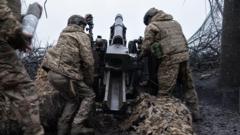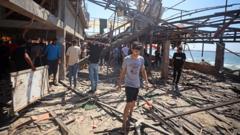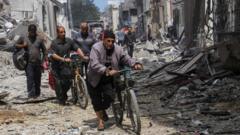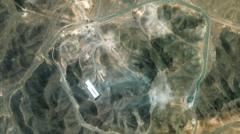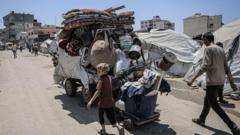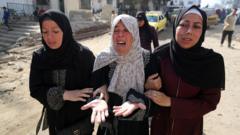The recent 7.7 magnitude earthquake in Myanmar has prompted a drastic reevaluation of the capital Nay Pyi Taw, with military leaders declaring that the city will undergo a major redesign. The Senior General Min Aung Hlaing revealed plans during a government meeting, criticizing the collapse of numerous buildings due to their construction on structurally unsound soft soil.
Myanmar's Nay Pyi Taw Set for Major Redesign Following Earthquake Devastation
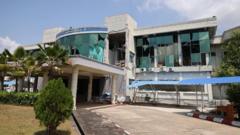
Myanmar's Nay Pyi Taw Set for Major Redesign Following Earthquake Devastation
Myanmar's military junta announces plans to completely redesign the capital in response to significant earthquake damage, emphasizing stronger construction standards.
The quake, which struck on March 28, resulted in the devastation of approximately 70% of government buildings in the capital, leading to the relocation of some offices to Yangon. Official reports indicate the tragedy claimed over 3,500 lives and left more than 5,000 injured, with shockwaves felt as far as Thailand and southwest China. Nay Pyi Taw, which has existed for less than two decades, was created by the military as a planned capital, but its future now hangs in the balance.
In light of the catastrophe, Hlaing has mandated that new office buildings adhere to higher earthquake resistance standards and indicated that soil tests will precede any reconstruction efforts. The military council's documentation revealed that significant damage occurred to vital government facilities, with some like the Ministry of Labour and Ministry of Planning still in ruins awaiting repair.
A temporary relocation of departmental offices to makeshift structures in Nay Pyi Taw, known as "hotai," and to Yangon is also taking place, impacting the continuity of government operations. Cultural heritage is at risk too; museum staff are working tirelessly to salvage valuable inscriptions and manuscripts from their facilities, further illustrating the widespread destruction caused by the earthquake.
As Myanmar grapples with the dual crises of natural disaster and ongoing civil conflict, the military's future actions will be critical in determining the country’s stability and recovery trajectory.
In light of the catastrophe, Hlaing has mandated that new office buildings adhere to higher earthquake resistance standards and indicated that soil tests will precede any reconstruction efforts. The military council's documentation revealed that significant damage occurred to vital government facilities, with some like the Ministry of Labour and Ministry of Planning still in ruins awaiting repair.
A temporary relocation of departmental offices to makeshift structures in Nay Pyi Taw, known as "hotai," and to Yangon is also taking place, impacting the continuity of government operations. Cultural heritage is at risk too; museum staff are working tirelessly to salvage valuable inscriptions and manuscripts from their facilities, further illustrating the widespread destruction caused by the earthquake.
As Myanmar grapples with the dual crises of natural disaster and ongoing civil conflict, the military's future actions will be critical in determining the country’s stability and recovery trajectory.





